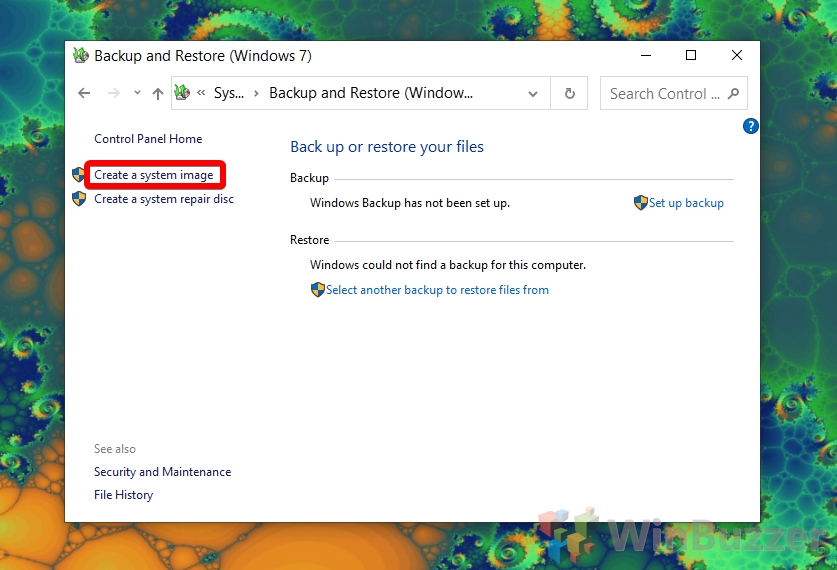

Cloud Spanner performs backups using dedicated jobs that do not draw upon an instance's server resources.Įxport runs as a medium-priority task to minimize impact on database performance. The following table describes similarities and differences between them to help you decide which one to use.īoth backups and exported databases are transactionally and externally consistent.īackups have no impact on an instance's performance.

Is expired and when it's actually deleted.Ĭhoose between backup and restore or import and exportĬloud Spanner Import and Export serve similar use cases as Backup and Restore. Cloud Spanner deletesĮxpired backups asynchronously, so there can be a lag between when a backup Which determines when it will be automatically deleted. For multi-regional instances, a copy is stored in all zones that contain either a read-write or read-only replica.Īutomatic expiration: All backups have a user-specified expiration date For regional instances, a copy of the backup is stored in each of the three read-write zones. Replication: Backups reside in the same instance as their source database and are replicated in the same geographic locations. Key featuresĭata consistency: Backups are a transactionally and externally consistent copy of a Cloud Spanner database at the version_time of the backup. You can perform backup and restore in the following ways:įor logical data corruption, Cloud Spanner also offers point-in-time recovery. If you need longer retention times, we recommend exporting your database. Backups are highly available, encrypted, and can be retained for up to a year from the time they are created.

Save money with our transparent approach to pricingĬloud Spanner backup and restore features let you create backups of Cloud Spanner databases on demand, and restore them to provide protection against operator and application errors, which can result in logical data corruption. Managed Service for Microsoft Active Directory Rapid Assessment & Migration Program (RAMP) Hybrid and Multi-cloud Application PlatformĬOVID-19 Solutions for the Healthcare Industry

When asked, sign in with your Apple ID to restore your apps and purchases.If you don't see onscreen steps to help you update, learn what to do.
Backup and restore software#
If a message says that a newer version of software is required, follow the onscreen steps to update.


 0 kommentar(er)
0 kommentar(er)
